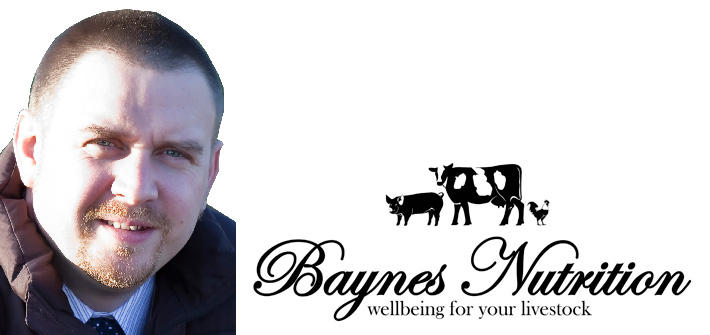I was fortunate to be invited to a conference hosted by Huvepharma in June, writes Dr Phil Baynes. There were a number of very interesting papers covering a wide range of topics, including the different types of fibre in diets, their role and potential to manipulate them to improve efficiency. But, two compelling papers concentrated on the bacteria in the gut – otherwise known as the gut microbiome. These papers, from Todd Callaway of the Agricultural Research Unit at the USDA and Professor Mick Bailey at Bristol Vet School, took us into new realms of gut activity.
It’s common knowledge among many producers that the bacterial population of the gut plays a very important part in both digestive efficiency and overall health. But other aspects, including the impact of bacterial population on psychological state, and also their effects on expression of genetic potential, were new to me.
One piece of evidence described how, even though an animal (mice in the case of the trial) of the same genetic line, health status and environment can be fed exactly the same diet, one became obese while the other remained skinny. The only difference was the bacterial population in the gut.
For the microbiologists, it’s specifically the ratio between Firmicutes and Bacteroidetes, with the closer the relationship, the leaner the animal. This means, therefore, that if we can offer feed substrates that increase the population of Bacteroidetes in the gut, we can conceivably reduce the P2 in the finished animal.
The area of manipulating the bacterial population in the gut to control psychological state could allow us to manipulate and control behavioural vice. With tail biting being a huge economic loss to the industry – with partial or total condemnation of the pigs at slaughter – the idea that we can change this behaviour without external intervention is very exciting. However, the understanding of this is still very much in its infancy.
Professor Bailey explained that the establishment of the microflora in the gut occurs within the first 24 hours of life and is maternally linked. Therefore, if we were to look at changing the bacterial population of a piglet at birth, we’d first need to establish the sow’s gut population within her first 24 hours of life – so a generational approach would need to be established.
Efforts into understanding the role of the gut bacteria and how to manipulate it are continuing, and we’re still a long way off being able to control it. At some point in the future it’s conceivable that we could create a colostrum paste, to be administered orally, containing specifically selected bacterial species that would then help reduce behavioural vice and allow full expression of genetic potential of the animal. We can then offer feed materials during the rearing phase that alter the bacterial population of the gut to reduce fat accretion. I look forward to that day!




